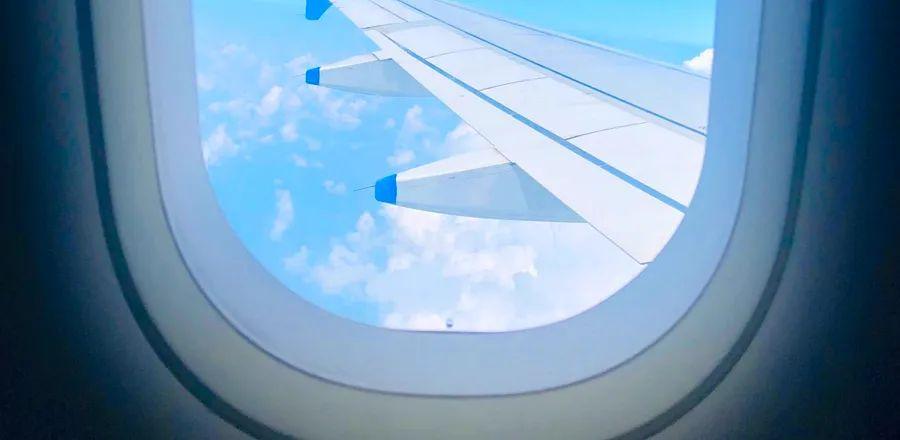What’s the Purpose of the Tiny Hole in Airplane Windows?

If you’ve ever snapped a picture from your airplane window to show off your flight over stunning sights like Greenland or the Grand Canyon, you might have noticed a tiny hole at the bottom of the frame. Don’t worry, that hole is intentional. Known as the “bleed hole,” this feature is a carefully engineered design element that has evolved significantly over the century of aviation history. In short, it’s all about managing pressure.
As an airplane ascends to cruising altitude, there’s a notable pressure difference between the outside air and the cabin, which is pressurized to replicate lower-altitude conditions. Early jet designs featured square-edged windows that couldn’t handle pressure changes effectively, particularly at the corners. These corners were often blamed for several tragic fuselage breakups of de Havilland Comet jets in the 1950s, although many experts today assert that window design alone didn’t cause those incidents. Consequently, jet designers transitioned to the more rounded, oval-shaped windows we see now to better distribute stress across the surface.
Subsequent advancements in engineering led to the development of windows composed of three layers of stretched acrylic instead of glass. The outer layer is robust and can withstand significant pressure changes during ascent. The middle layer provides additional protection in emergencies, while the innermost layer, known as the scratch pane, serves as a protective barrier similar to a smartphone screen protector. If you examine it closely, you’ll see that the bleed, or breather, hole extends through this central layer.
“Aircraft cabins are pressurized to ensure a safe and comfortable environment for passengers and crew, as the air pressure at cruising altitudes is significantly lower than at sea level,” explains Munich-based pilot and content creator “Captain Joe,” who can be found on Instagram and YouTube under the handle @flywithcaptainjoe.
Captain Joe clarifies that bleed holes are essential for equalizing pressure between the window panes and the cabin interior. Without them, pressure imbalances could create stress on the windows.
These holes are especially vital during emergencies, maintaining the structural integrity of the plane. Captain Joe notes that in situations requiring rapid descent or sudden cabin pressure changes, bleed holes prevent window failures by mitigating stress that could cause cracks or shattering.
Bleed holes also serve a less critical, yet significant purpose—they enhance the passenger experience by preventing condensation between the panes. Captain Joe explains that this clarity is crucial for those who splurged on a window seat to enjoy unobstructed views.
Evaluation :
5/5



